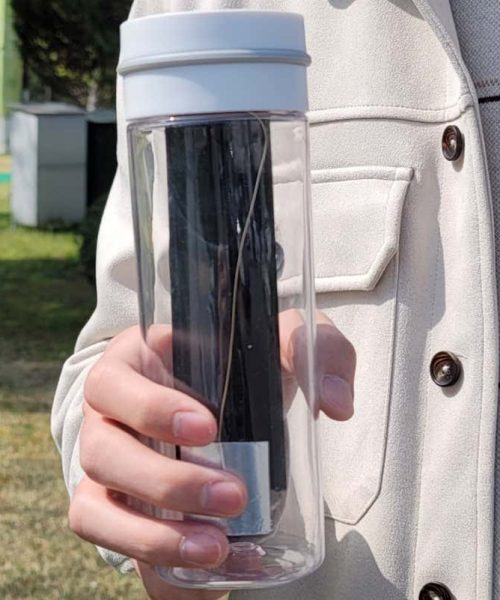
Oak buds contain a useful bacterium for separating rare earth elements
Getty Images/Anna Hedderly
A bacterial protein found in English oak buds could be used to more efficiently process the rare earth elements needed for different technologies.
Rare earth elements are used in products such as smartphone and TV screens, electric vehicle motors and wind turbines. Natural deposits of these elements can be found and mined in multiple countries. But the industrial separation facilities necessary for processing them use an energy-intensive method that typically requires hundreds of steps and uses many toxic chemicals – something that could be simplified through the natural shortcuts provided by a certain class of bacteria.
Joseph Cotruvo Jr. at Pennsylvania State University and his colleagues discovered that the bacterium Hansschlegelia quercus contains a protein that can help differentiate between lighter and heavier types of rare earth elements. They isolated the bacterium from English oak buds while examining hundreds of such bacterial proteins – building on their previous research showing how proteins found in the metrolyph class of bacteria can help separate rare earth elements from non-rare earth elements.
Advertisement
The team found that if the bacterial protein binds to a lighter rare earth element, it is more likely to also bind to another unit of itself. If the protein binds to a heavier rare earth element, it is more likely to stay single.
This discovery allowed the researchers to show how the protein can help separate out neodymium and dysprosium – light …
and heavy rare earth elements respectively that are used in permanent magnets – in a single chemical step at room temperature without relying on toxic chemicals.
The approach could help process rare earth elements that have either been mined from the ground or are being recovered from recycled tech products.
The work is a “proof-of-concept” approach that still faces significant challenges in being able to process rare earth elements on a large industrial scale, says Jason Love at the University of Edinburgh in the UK. “A significant issue with the biochemical approach is to ‘manufacture’ enough protein to be able to carry out these separations at scale.”
Topics:





